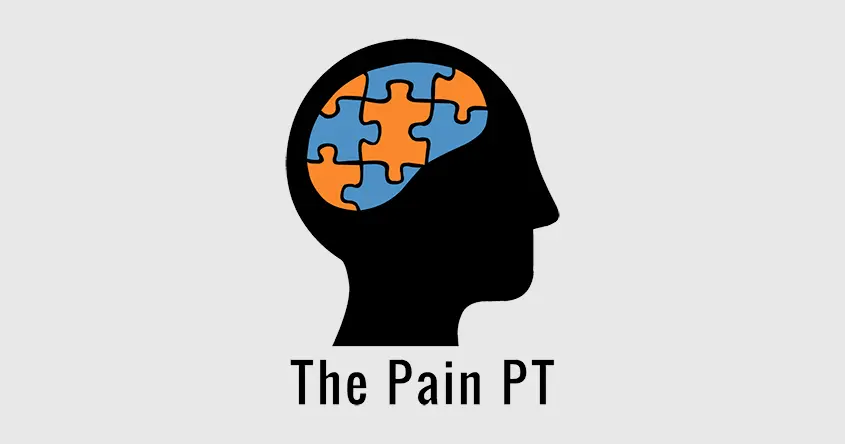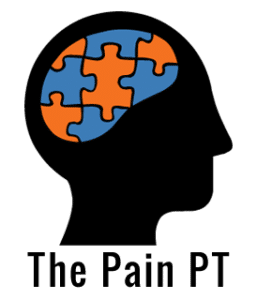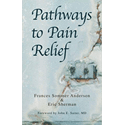The Role of the Prefrontal Cortex in Chronic Pain

When looking at the brain’s impact on chronic pain, we have to look to the prefrontal cortex. 2020 review of the research says: ‘Its predominant role in aversive learning and memory puts the medial prefrontal cortex (mPFC) in a pole position as a hub for the development of mental comorbidities associated with chronic pain.’
The medial prefrontal cortex (mPFC) has a role in the emotional and cognitive aspects of pain, which we know are front and center with chronic pain. ‘Chronic pain patients frequently develop and suffer from mental comorbidities such as depressive mood, impaired cognition, and other significant constraints of daily life, which can only insufficiently be overcome by medication. The emotional and cognitive components of pain are processed by the medial prefrontal cortex, which comprises the anterior cingulate cortex, the prelimbic, and the infralimbic cortex. All three subregions are significantly affected by chronic pain: magnetic resonance imaging has revealed gray matter loss in all these areas in chronic pain conditions.’
One of the big roles of the mPFC is the ability to provide what’s called descending inhibition on pain. ‘It provides top-down regulation of sensory and affective processes, including inhibition of both sensory and affective pain signals by descending projections to the various brain and spinal cord regions: its projections are the main cortical input of the PAG, which is part of the descending inhibitory pain control system at the spinal level.’
This descending inhibition from the mPFC becomes weakened or lost in people with chronic pain. This is a big area to address as we need to strengthen the message from the prefrontal cortex to the other areas of the brain and body that we are ok and also to improve our regulation of emotions. I linked a study in a previous blog before from Stanford that looked at anxiety in kids. They found: ‘The more anxious or stressed the child, the stronger the directional signals from the right amygdala to the dorsolateral prefrontal cortex. No such effects were seen in the reverse direction — that is, there was no increase in signaling from the dorsolateral prefrontal cortex to the amygdala.’
The bottom line: To heal using the brain, we got to learn how to get the mPFC working and to strengthen it, just like we would strengthen a muscle in the body.






